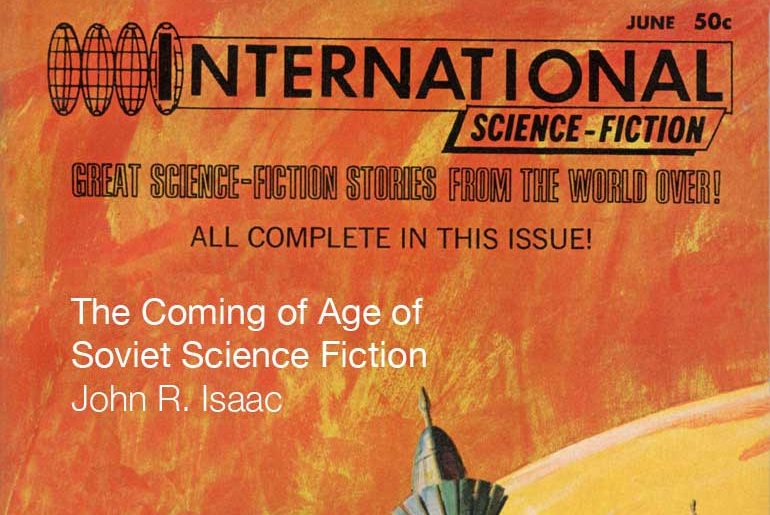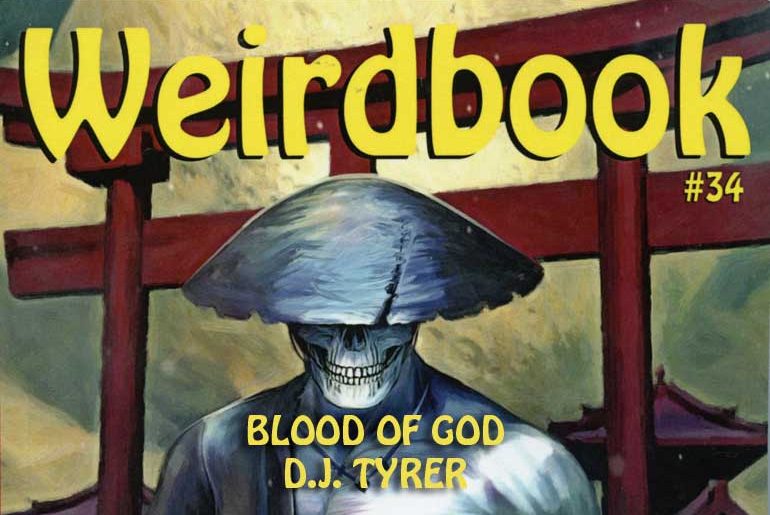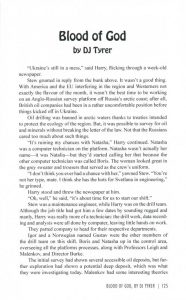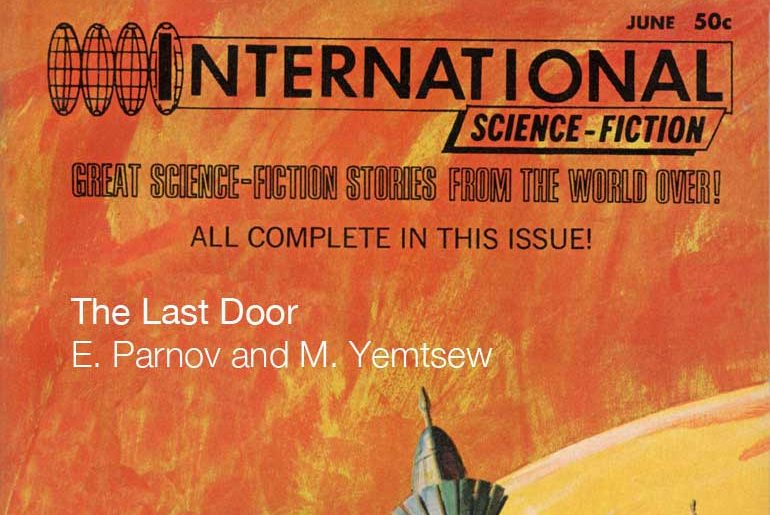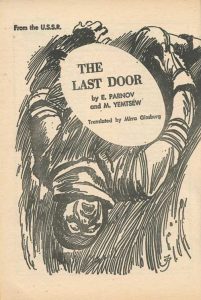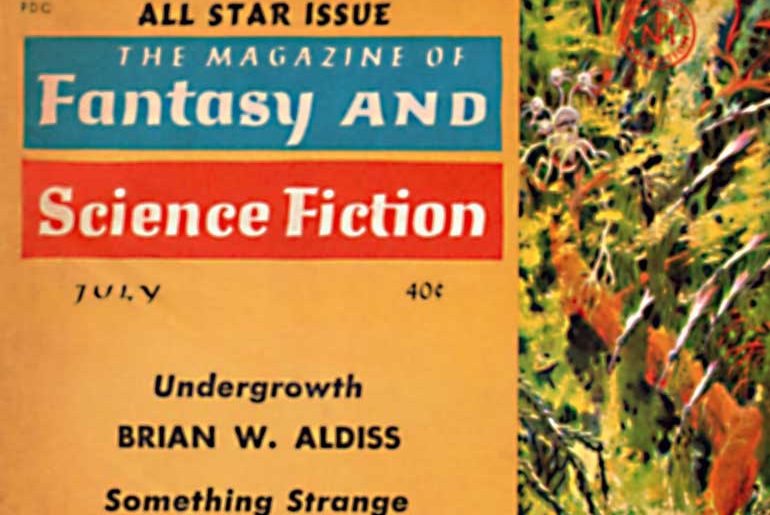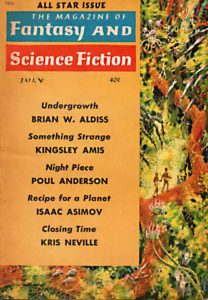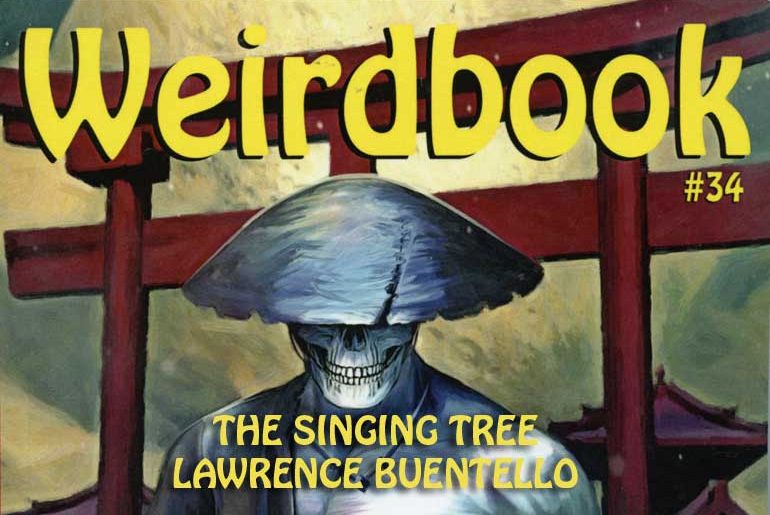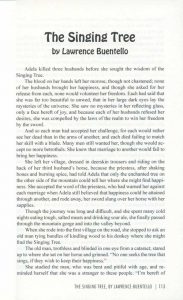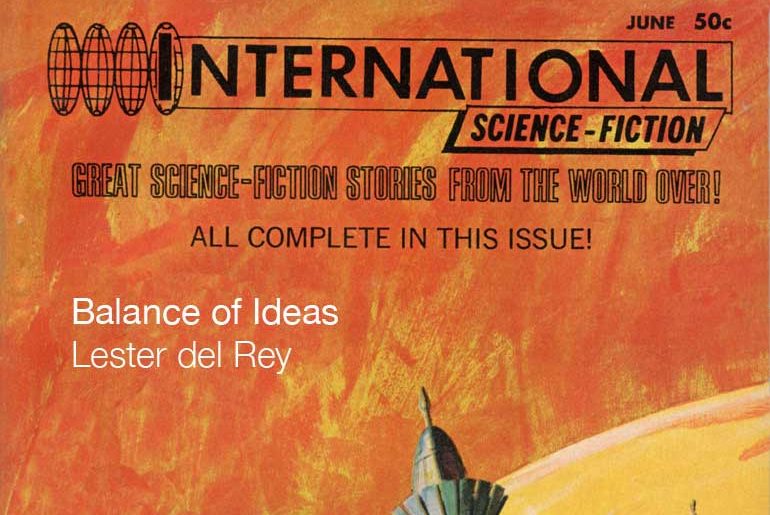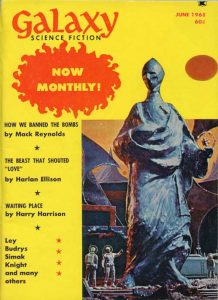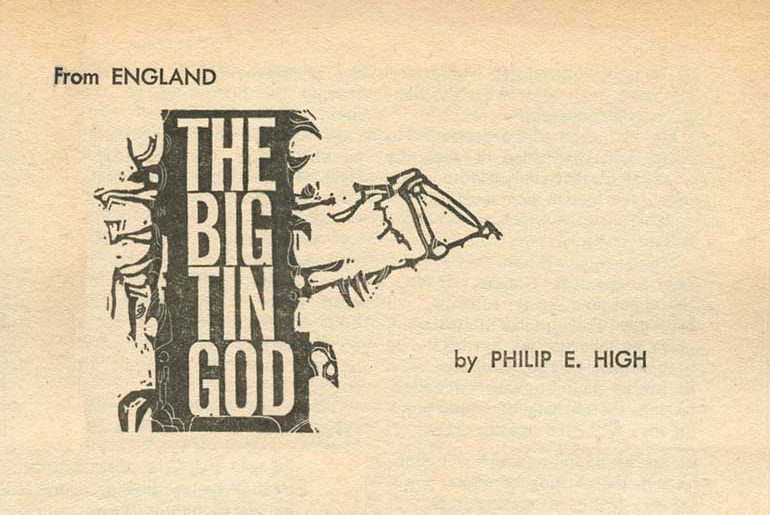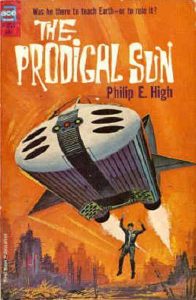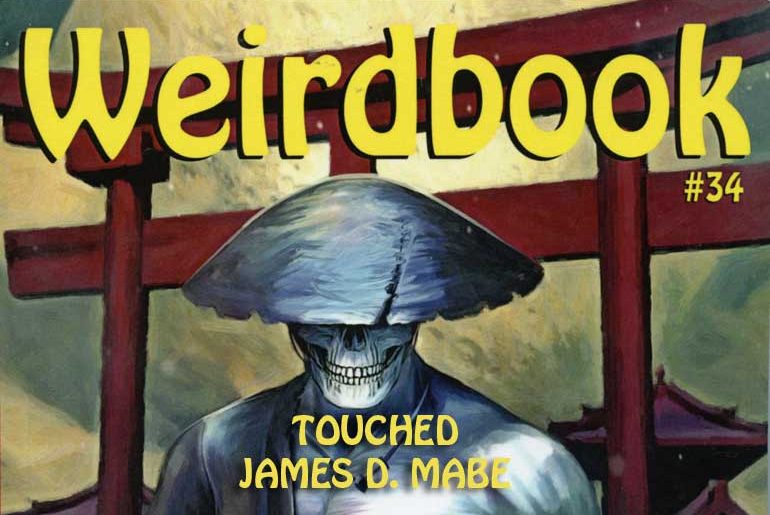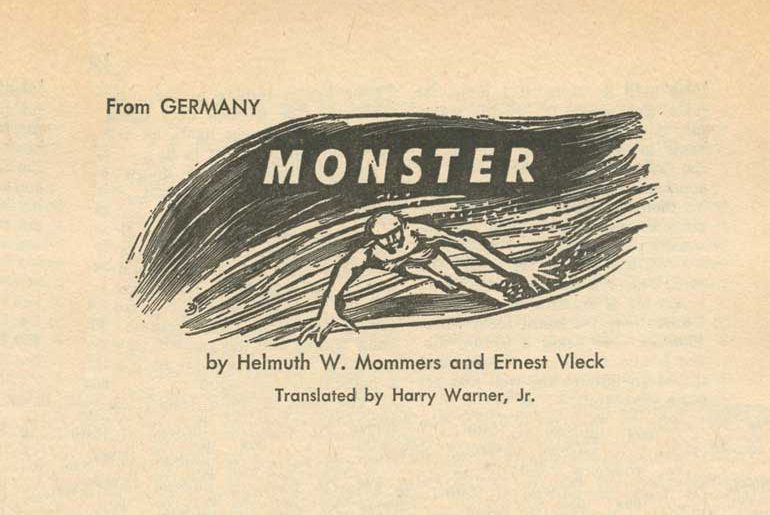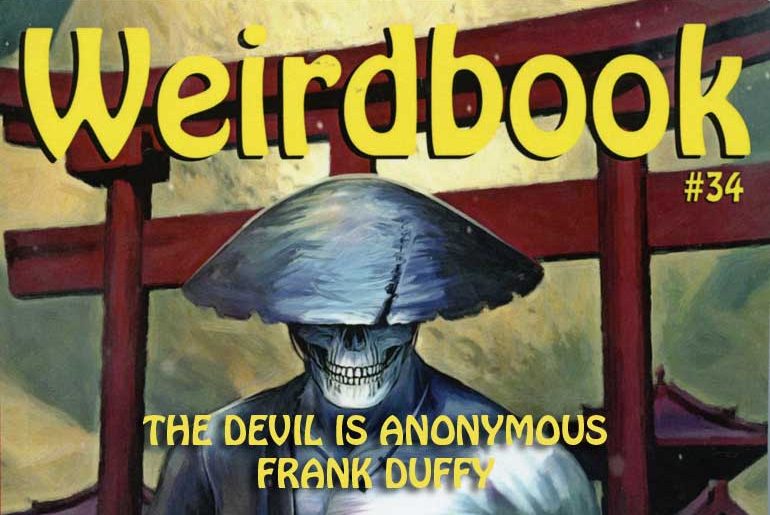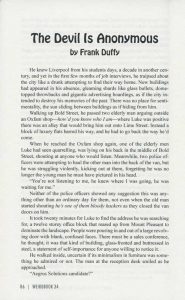 From International Science Fiction No. 2 (June 1968):
From International Science Fiction No. 2 (June 1968):
“The Coming of Age of Soviet Science Fiction,” an essay by John R. Isaac, credits Ivan Yefremov’s Andromeda with his article’s premise.
In this single book, Yefremov has developed a Weltanschauung into a detailed future society and has thrown out enough ideas for a hundred stories, a service that should prove as beneficial for the Soviets as Well’s work has for the English-speaking world.
The article details key aspects of Andromeda’s utopian future society where happiness is derived from one’s work, followed by an overview of the novel’s plot. If it sounds like the Andromeda’s world is communist propaganda, it is. “For the dreamers of the world, whether Russian or American, Occidental or Oriential, the vision of Andromeda is a tempting one.”

